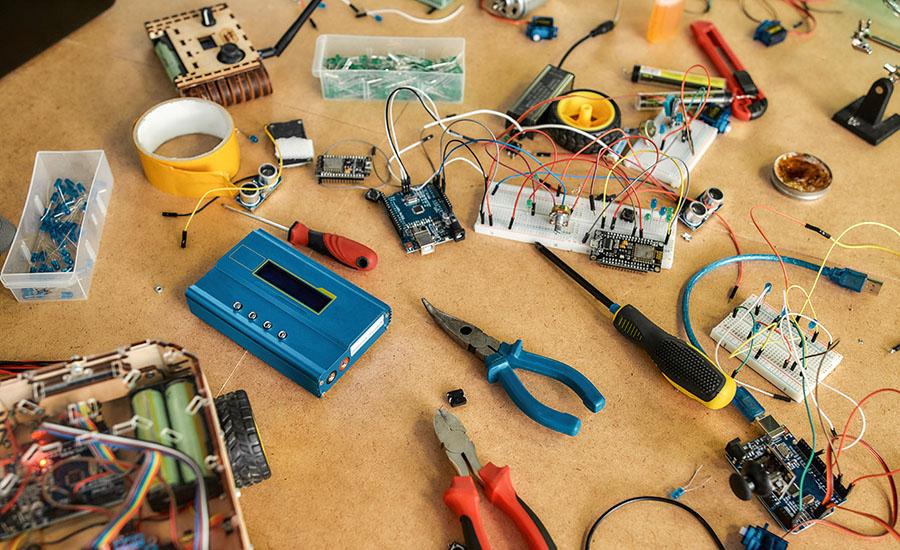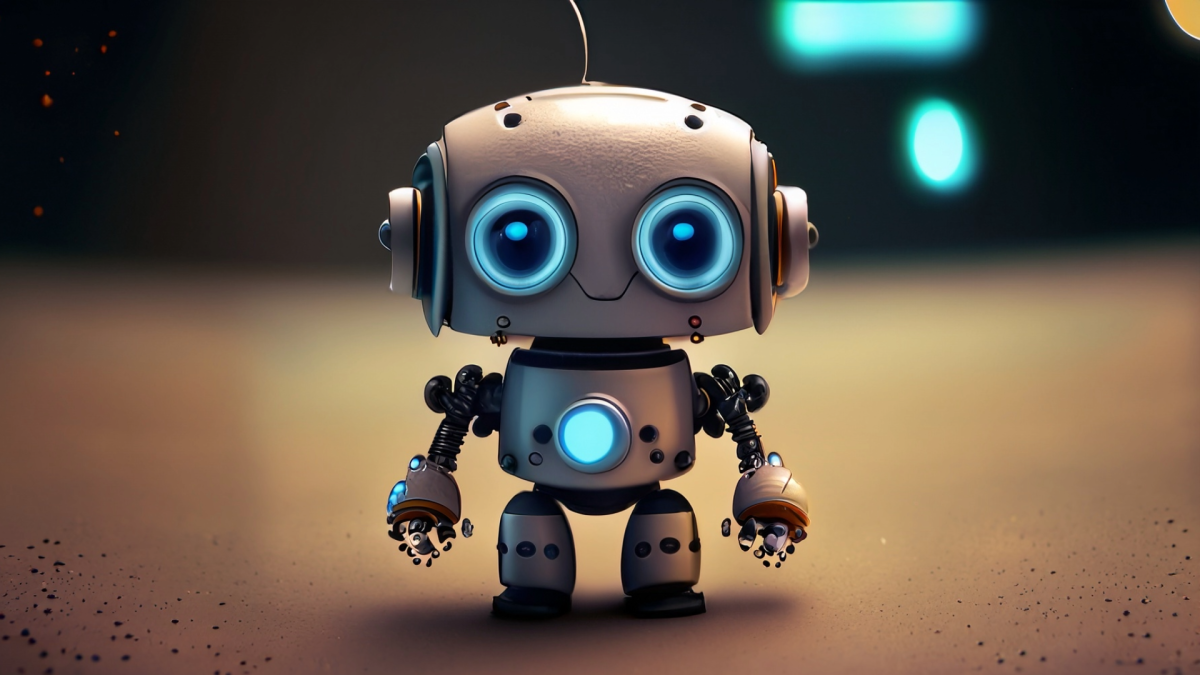Grades:
8th Grade
In this lesson, students are challenged to design and build a controlled-release tablet, which will be made from different colored bath tablets and a variety of water-soluble plastics. First, they
Grades:
7th Grade
In this interactive lesson, students take three days to create a maze using Gravitrax kits and pieces. Students then use their maze to create a model and explain where they see Newton's Laws of Motion
Featured
Cut Out Stop Motion Animation
Grades:
2nd Grade, 3rd Grade, 4th Grade, 5th Grade, 6th Grade
Students will create their own cut-out stop motion animation videos using the iMotion app. Students will learn about stop motion animation, plan and create a storyboard, and then actually engineer the
Grades:
7th Grade
This lesson is about building and testing a Ferris Wheel and the history behind it. Students should be familiar with the concepts of forces, motion, and gravity before starting this project. They
Grades:
7th Grade
In this lesson students will discuss how contact forces cause energy to be transferred and objects to move. They will learn that sound waves involve contact forces. Students will consider how contact
Grades:
7th Grade
This is Task 2 (Lesson 2) of four tasks (lessons) of an overall project of “Escaping 7th Grade Science Room.” Students will be constructing Pangea with their group after reviewing the concepts.
Grades:
5th Grade
This is part one of a design challenge where students are asked to brainstorm a device that allows energy to be transferred for as long as possible, similar to a Newton's Cradle. Students use the
Grades:
3rd Grade, 4th Grade
This is lesson 4 out of a unit of 4 lessons about habitats. In the proceeding lessons, students researched habitats and animal adaptations. This lesson is a presentation of information using a variety
Grades:
5th Grade
This hands-on lesson covers balanced and unbalanced forces. Students use the skills they have already been taught to apply them to a real-world situation involving rockets. You will need 500mL bottles
Featured
Not a Stick!
Grades:
Kindergarten
Students will participate in an engineering challenge or STEM activity that connects to a read aloud. They will be able to ask questions, make observations, and gather information about a situation
Grades:
7th Grade
This lesson plan will help students appreciate the concept of volume. Students will measure the dimensions of the real-life prisms given to them then calculate its volume using the formula given
Grades:
5th Grade
Students will begin designing a container to keep and egg safe when dropped from various heights. As they begin the lesson, students will watch a video and discuss science and engineering practices
Grades:
6th Grade
Understand and implement the steps of the Design Thinking Process. Students will also be using their knowledge of energy to design a balloon-powered car that travels the farthest.
Grades:
3rd Grade
In this engaging lesson, students will discover that technology is not limited to electronics and cars, but that it is all around us. It is essential for students to understand that most things were
Grades:
1st Grade
In this hands-on lesson, students use the engineering design process to create a balloon powered car that travels at least 5 feet. This is a fun and engaging way for students to experience science in
Grades:
7th Grade
This is Task 4 (Lesson 4) of four tasks (lessons) of an overall project of “Escaping 7th Grade Science Room." Students will construct a marshmallow device to propel marshmallows at force and collect
Grades:
9th Grade, 10th Grade
This lesson plan focuses around 4 key topics, with activities for each. The plan covers renewable energy, solar energy, why solar energy is important, and what the children can do to conserve energy
Grades:
6th Grade
A mixture of 5E lessons on Nearpod and an accompanying hands-on activity to help students see that gravity works at a distance and is affected by mass. Students will be writing a conclusion based on
Grades:
2nd Grade, 5th Grade, 6th Grade, 8th Grade
This can be taught at different grade levels, diving deeper when possible. Just delete what you don’t need. Students will be creating their own crystal by following the scientific method, collecting
Grades:
2nd Grade
This lesson is to introduce students to coding using EdScratch and Edison Robots. Students use LEGOs to build a house for grandma and figure out a way to keep her safe.
Grades:
4th Grade, 5th Grade, 6th Grade, 7th Grade, 8th Grade
Students become engineers and create a modified adaptive device after disassembling and assembling eyewear and creating a new adaptive device in this engaging lesson. This real-world problem-solving
Grades:
4th Grade, 5th Grade
Students will be working with creating series and parallel circuits. Students will gain an understanding of the components used to create circuits and how circuits function in our everyday lives.
Grades:
4th Grade
The students will work in groups to create a model of a roof that is able to survive a hurricane-like wind. Students learn about disaster preparedness, use the engineering design process to guide the
Grades:
6th Grade
Students will use a Scratch template to make a model of the seasons, one from a view above the ecliptic, one to the side of the ecliptic and then a distance-time graph. Students will be using their
Featured Lesson Plans
Check out these notable lesson plans.

Grades:
6th Grade
This is the 2nd lesson in a series of 3. In this 8-week project, 6th-grade students will collaborate in small groups to create eco-friendly inventions that aim to reduce their carbon footprints and

Grades:
6th Grade
This is the 1st lesson in a series of 3. 6th-grade students will work in groups to create eco-friendly inventions that help the environment and tackle climate change. They will research ideas, make

Featured
Introduction to Edison Robots
Grades:
6th Grade, 7th Grade, 8th Grade
This outstanding lesson guides students through an introduction to Edison Robots. Students will learn the basic features and sensors while exploring barcode programs. The slideshow and a custom


